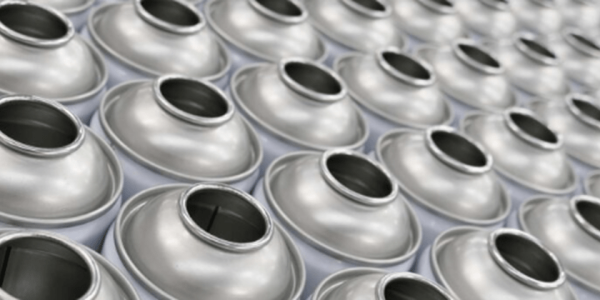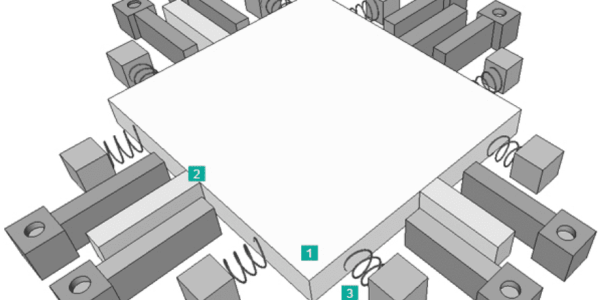Get started with Netzer Electric Encoder Explorer
Ready to learn how to get started with Netzer Electric Encoder Explorer? We can help!
Take a look at this video where we walk you through the software and teach you the ins and outs of the Netzer Electric Encoder Explorer.
Start with Signal Amplitude
One of the first things to note when you get started with the Electric Encoder Explorer is the signal amplitude, noted by the heat bar at the bottom. This is a direct measurement of the gapping of the rotor. Your rotor can be adjusted up or down based on your specific situation to get the arrow where it needs to be. It is important to have the arrow between the two hashes in the green zone to get optimal performance.
Mechanical Installation Verification
The next step is to do a mechanical installation verification. In order to do so, click start and give your rotor a turn and continue until you reach 500 counts. It is important to note that it doesn’t matter the velocity that the rotor is being rotated at. Once finished repeating twice, once for the fine and another time for the course channel, if all is well you will see a nice concentric circle within your target area.
Calibrate Your Encoder
Finally, you are ready to move to the calibration. Your first step in this process is similar to the mechanical installation verification, turn your rotor until you reach 500 samples again. Then you must click continue to CAA calibration. In this example, we are turning a full 360 degrees so we’ll keep the defaults at the full mechanical rotation with a total of 12 points. When you click start it is going to give you 12 equally spaced points to move towards. Once the rotor is around 30 degrees, click continue and it will move to the next spot at 60. It’s important to note that you just need to be within plus or minus 5 degrees of the point in order for the continue button to go live. Once the continue button goes live you can go ahead and click it and continue the process. Keep in mind that it is important that the shaft isn’t rotating when you click on continue. Once the process is complete, you can go ahead and save the calibration. At this point, you have the opportunity to set a zero point if you’d like.
After these steps are complete, your encoder is ready to use!





